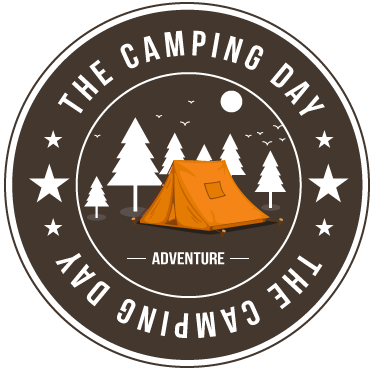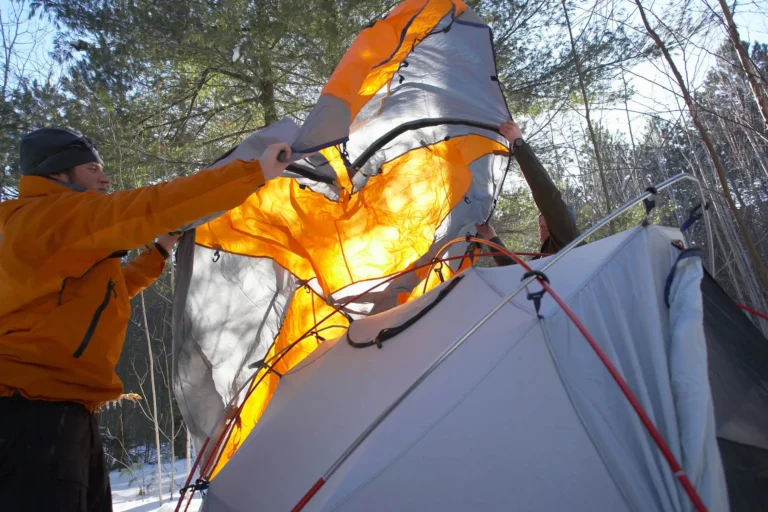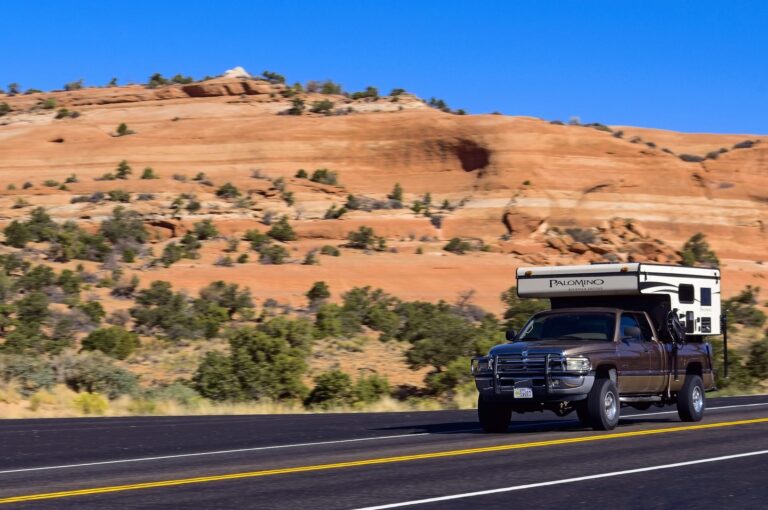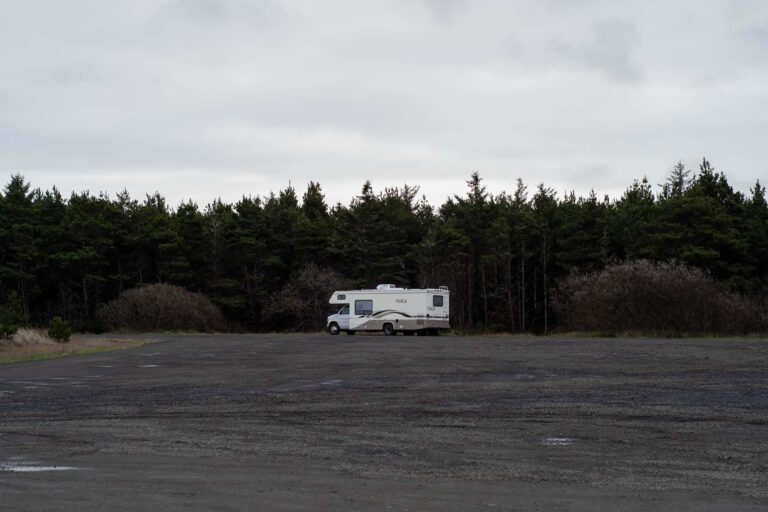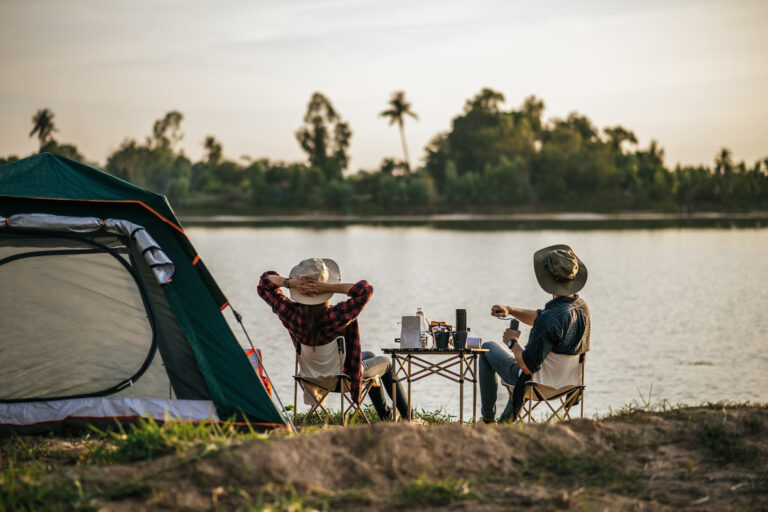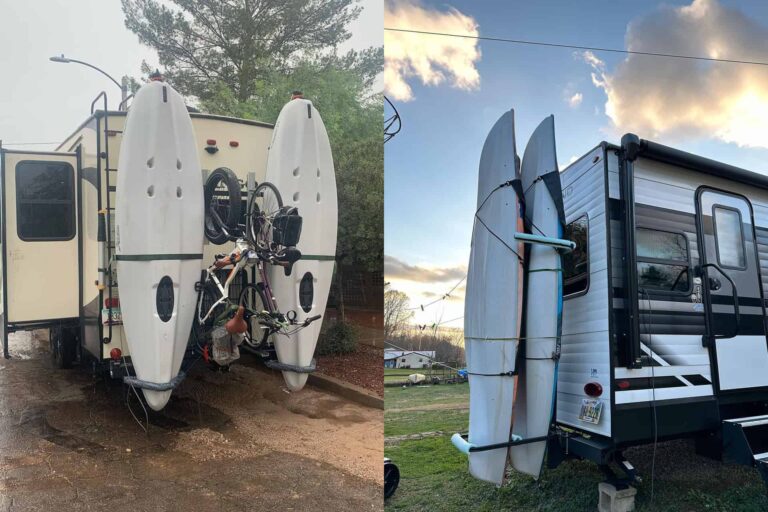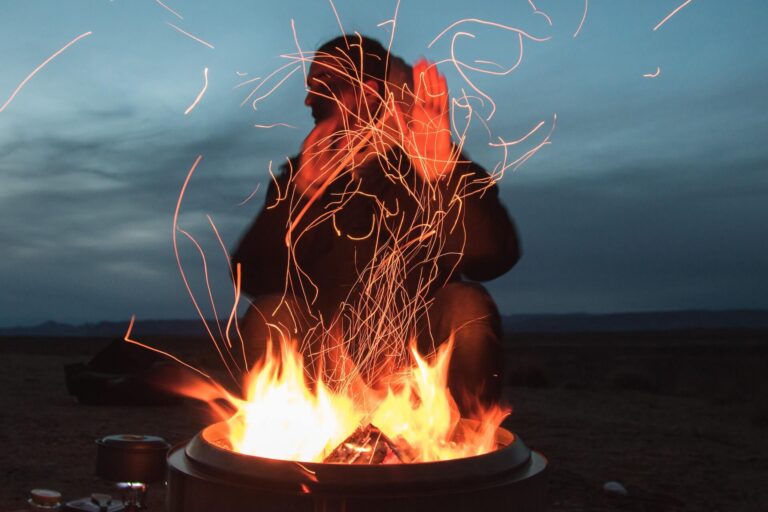What is Stealth Camping and Its Camping Tips
Ever heard of stealth camping? Or have you ever gone stealth camping? Stealth camping is camping without being noticed. Some people do it in urban areas, while others venture into the wilderness. Sometimes stealth camping is legal, the rest of the time it’s illegal.
Today we are going to discuss what stealth camping is and how to do it. We will give you some great tips to help you succeed at stealth camping on your first try!
What is Stealth Camping
Stealth camping is the practice of spending the night in an RV or van outside of a designated campsite, usually without a permit.
Many people do this because they are only in the area for a short time or to avoid paying camping fees. To avoid detection, most stealth campers arrive after dark and leave before morning.
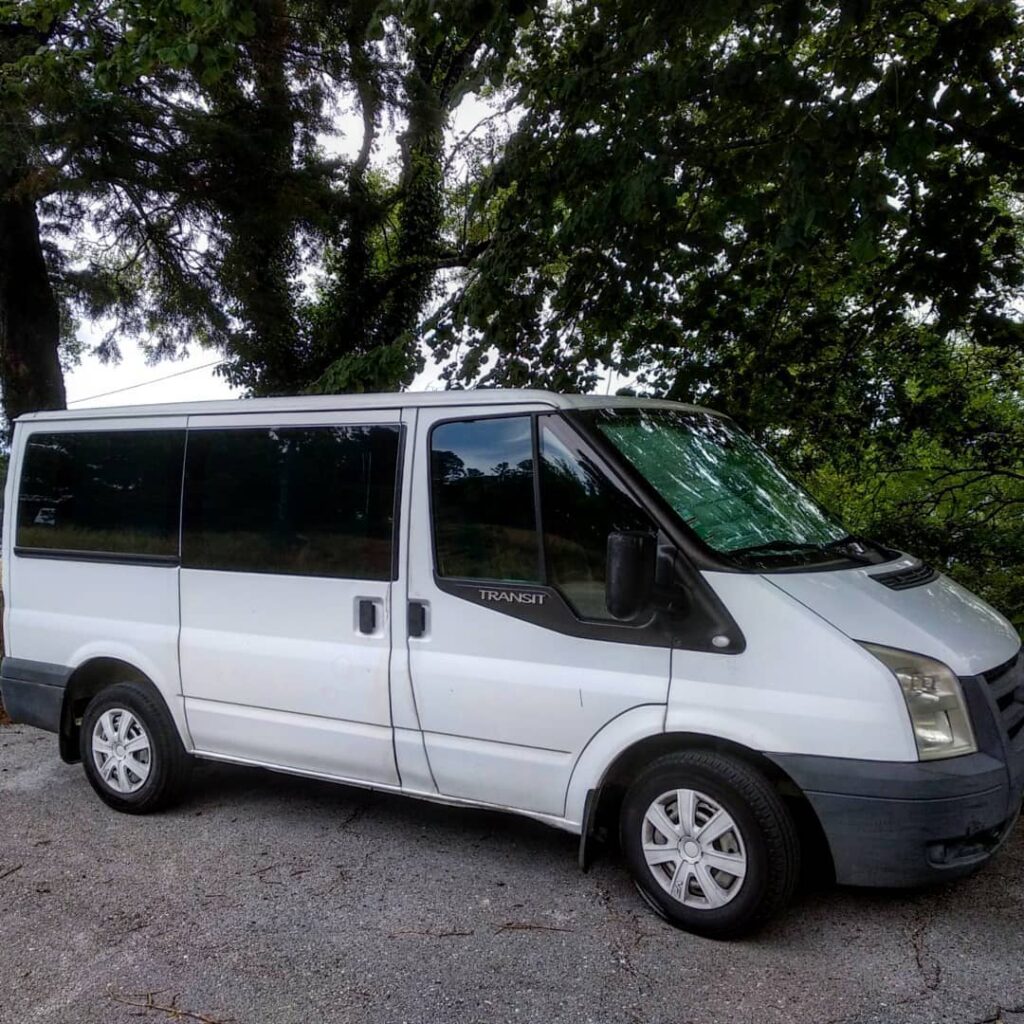
Since the main goal of stealth camping is to blend in, campers who practice it often hang blackout shades between the cab and living area and keep the noise down when staying overnight.
So stealth camping can be really easy and simple if you have an RV or van. Just leave your car parked and spend the night inside.
But you should be aware of your rights and restrictions before attempting stealth camping, as sleeping in your car overnight is often prohibited by law in most places.
Stealth Camping VS Boondocking
You may be wondering what the difference is between stealth camping and boondocking.
Boondocking is a term used to describe camping in remote or undeveloped areas away from traditional campgrounds and RV parks. Boondocking is usually done in an off-road vehicle or a separate RV.
Stealth camping is the practice of camping in urban or suburban areas, such as city streets, parking lots, or other public places, without being noticed or discovered. The goal is to find an unseen, inconspicuous place to avoid attracting attention.
The main difference between boondocking and stealth camping is that stealth camping is about avoiding detection and blending in with your surroundings, while boondocking is about enjoying the freedom of camping outdoors, away from the hustle and bustle of civilization.
In addition, stealth camping is usually done in urban or suburban areas, while boondocking is usually done in more remote areas where the availability of facilities and service support is extremely limited.
Is Stealth Camping illegal?
Parking regulations vary from community to community, city to city. Some of the most well-known locations, such as a beach or resort, may allow daytime parking in certain areas, but strictly prohibit overnight parking. In summary, you can usually stealth camp in places that have been given the green light.

Even if there are no “No Overnight Parking” signs, try to stay away from camping in residential areas. If you lived in one of these tight-knit neighborhoods and saw an unfamiliar RV parked on the side of your street for a few days, you might be alarmed. So use common sense when choosing a stealth camping site.
Travelers in certain major cities can research parking policies online and prepare ahead of time for where they can spend the night while staying within city limits.
BUT, some local governments have enacted temporary bans on staying in a Walmart parking lot. Some local hotels and campgrounds promote these rules so they don’t lose revenue from illegal campers who don’t pay for a campsite or a night’s stay.
Because they can spend the night in the place they want to explore during the day, some people prefer to stealth camping. In addition, they may find that campgrounds are expensive and their budget does not allow for such extravagances. Some just need a place to rest their heads while passing through.
How Do I Find Camping Spots That Allows Stealth Camping
Stealth camping is generally not legal in the United States, as most public lands prohibit overnight camping outside of designated areas. However, there are some places where stealth camping is allowed, but be prepared for the possibility of law enforcement officers knocking on your car windows. To be on the safe side, check online to see if the state you are visiting allows overnight camping in unauthorized locations.
You have a choice of five locations for your stealth camp. They include:
Residential Neighborhoods
This is a popular debate among stealth camping van owners. Some say it’s not safe enough to park in a residential area, others say it’s easy and safe to park in a residential area.
At least all my friends around me think it’s okay to park in residential areas as long as you follow these tips and do it right.
Tips for safe camping in residential areas
- Check out the neighborhood beforehand. Both wealthy and unsavory communities will pose problems for you. Wealthy people don’t want RVers or vanlifers clogging up their streets, and others who live in undesirable areas sometimes have suspicions about people who park in front of their homes.
- Avoid leaving your car in front of a house, especially when people are awake.
- Look for apartment buildings. The extra cars parked nearby are not seen by anyone.
Industrial Areas
Long-term stealth camping is most common in industrial areas. By simply driving around and talking to locals, you can choose where to stay in these places. You should visit places where vans and RVs are already present.
I try to stay away from these places because the better ones are already occupied. I’ll only stay in an industrial area if someone with local knowledge gives me some solid recommendations.
Tips for safe camping in an industrial area
- Check the signs before parking in a small commercial lot.
- If you wish to use the 24-hour parking lot at the harbor, there may be a charge.
- Leave your van on the street in front of the dealership that sells that brand.
Crowded areas
In these crowded areas, you may also need to stealth camp.
Hotel, 24-hour gym, 24-hour grocery store, local airport, casino. These are a few places that may be your choice for stealth camping in crowded areas.

Along the Coast
Many coastal communities have restrictions on sleeping in cars, especially RVs and vans. The best course of action is to drive to a neighborhood that is less sensitive to stealth campers.
Countryside
A good, quiet dirt road in the middle of the countryside is the ideal place for stealth camping. But be careful not to be seen from any roadway, as most police officers are more likely to stop and investigate a case in a rural area than in a city.
You can use iOverander or Google Maps to look up roads.
Stealth Camping Rules
Never leave a car parked in front of a home when stealth camping.
Always check out the area before staying.
Come after 10:00 PM and go before 7:00 AM.
Check the street signs.
Don’t leave your van.
Turn out all the lights.
Never spend more than two consecutive nights in one location.
Keep your car spotless.
Move on if you get the knock.
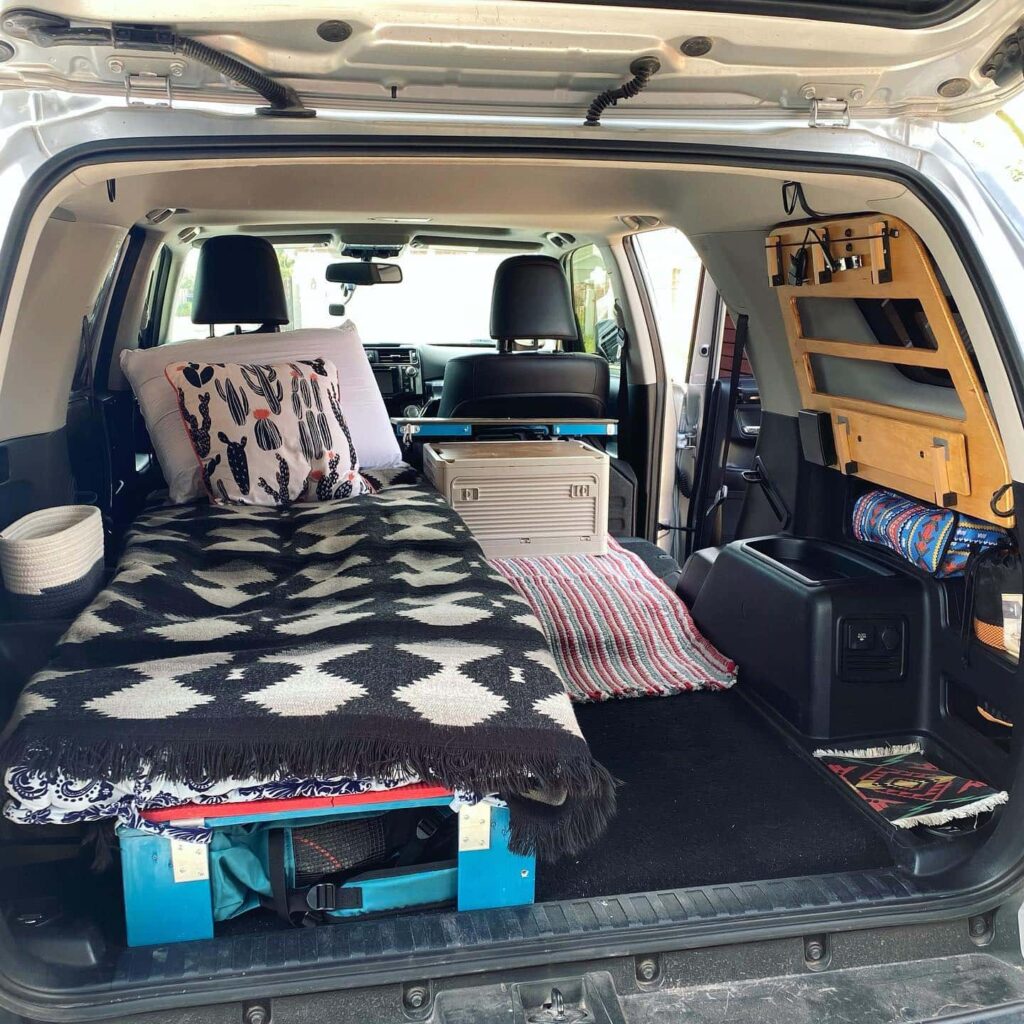
How to Find Bathrooms and Showers for Stealth Camping
If the bushes are not enough, you will want to find a toilet pitstop.
- Gas Stations.
- Grocery Stores.
- Rest stops.
Being able to shower while stealth camping is very important for comfort. You can find places to shower in these locations.
- Get a gym membership. The simplest, least expensive model available at a national gym will do.
- The truck stops.
- National park campgrounds & if you’re lucky, other campgrounds.
- Check out Ioverlander. It’s a fantastic tool for people who live in RVs and offers the ability to look up bathing facilities.
Help Finding Free Camping Apps and Websites
The Dyrt
The ultimate resource for all US campgrounds is this app. This app allows you to explore and check out what is available in your area and includes every campground, whether it is free or paid.
Allstays Camp & RV
Excellent tool for finding RV hookups, campgrounds and other camping-related services.
Ioverlander
I love this app because it allows you to search for water, showers, WiFi and more in addition to campsites. Since it’s a community project, other Vanlifers will update it as they go.
Boondockerswelcome.com
Like couchsurfing.com, but for people who live in vans. Essentially, these kind hosts are happy to give up their driveway or other property for an overnight visitor.
Blm.gov
The BLM owns land in every state. There are instructions and suggestions for decentralized camping, and it is worth your while to search and research.
Ask fellow van or RV nomads
It’s always a good idea to listen to the experiences of other stealth campers. Everyone has been to different places, and they may have places you’ve never heard of, or even ways of stealth camping that you haven’t tried.
Ask cops where its legal and get their advice
Asking the police always leads to a more professional opinion and one that is not punishable by law.
Stealth Camping Tips
Make Sure Your Vans Isn’t Obvious
Your van should not be too dirty, it should be kept clean and can be easily hidden in plain sight.
Some seasoned stealth campers who want to blend in have removed their awnings and covered their solar panels on the roof.
Some van owners even go so far as to place magnets with their company logo on the doors of their vehicles. To deter prying eyes, some people place a clipboard or construction helmet on the dashboard.
Find a safe area
Choose a place that is both safe and quiet. Find a parking spot in an area that provides some security but also has some traffic, so that you can blend in as you conduct your reconnaissance throughout the day. Try to avoid dangerous or secluded areas.
Do not set up any kind of camp
Never unload the grill or camp chairs after parking your car. Remember that you cannot claim residency here. Just find a comfortable place to sleep and explore the area in the morning. Choose a nearby park instead if you want a place to eat outside.
Never stay too long in one place
Typically, you can spend one or two nights in a single location. Don’t overstay your welcome or give overnight campers a bad reputation with nearby residences or businesses.
Others may already think you are getting a “free ride” by staying there. Only camp where you are legally allowed or have permission to camp.
Be quiet but friendly
Keep your dogs and electronics quiet during your visit. This will also keep you anonymous and popular with your neighbors. Also, if someone comes by, act like you belong right where you are. When people start asking questions, a smile or a pleasant remark goes a long way.
Note the location of road parking
Avoid parking just before or after a sharp curve in the road in case someone is driving too fast at night.
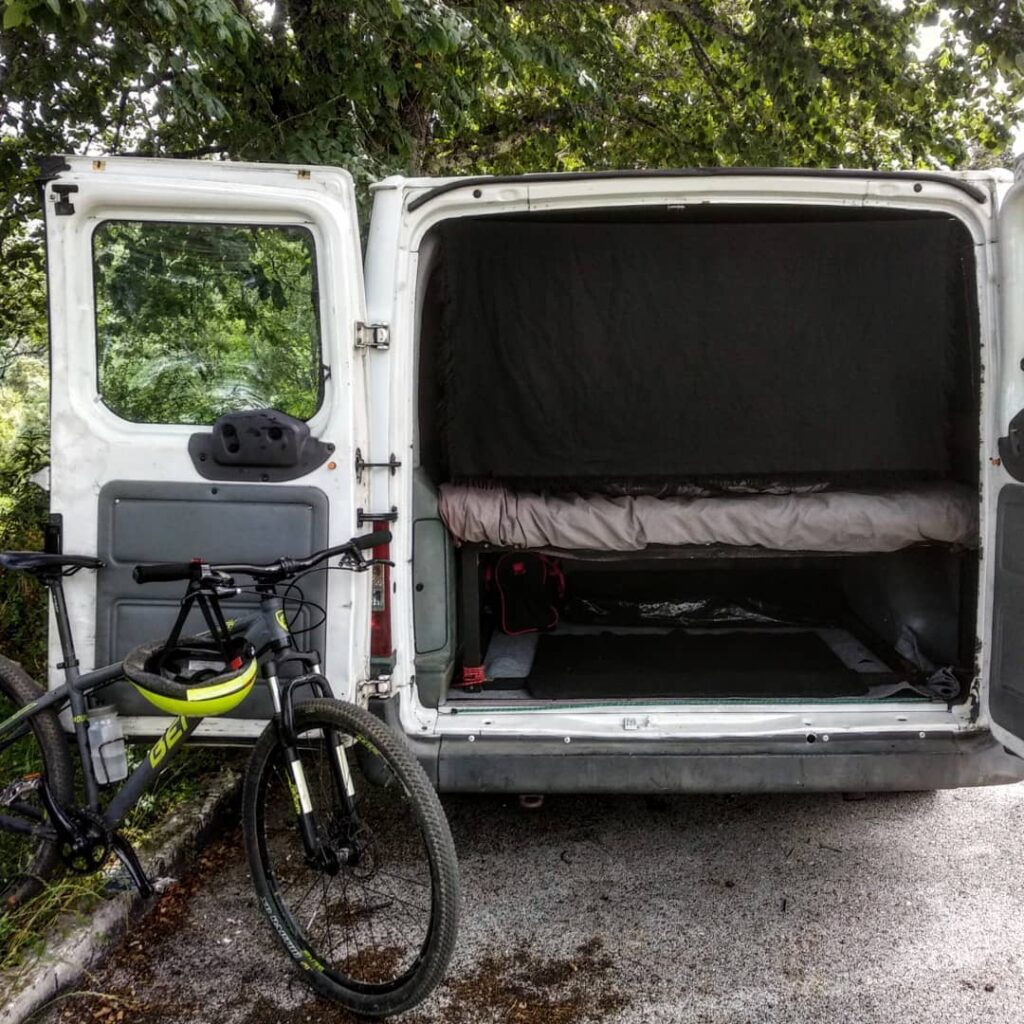
Thoughts on Stealth Camping
Stealth camping has a number of advantages that you can take advantage of. It’s a good time, as we said, but not everyone will enjoy it.
For example, if you prefer company to solitude and want to make new friends, this style of camping is not for you.
On the other hand, if you want to be alone, have a minimal impact on the environment, and connect with nature, it’s for you.
Stealth camping is also beneficial to many people, and it has these advantages:
- You can camp in new places and have new activities thanks to the convenience, flexibility, and cost-saving efficiency.
- It can also be a wonderful way to find unoccupied spaces on city streets near attractions.
Have you ever camped undercover? Would you try it again? What do you think? Leave a comment below and tell us!
Related post:Camping Tip
